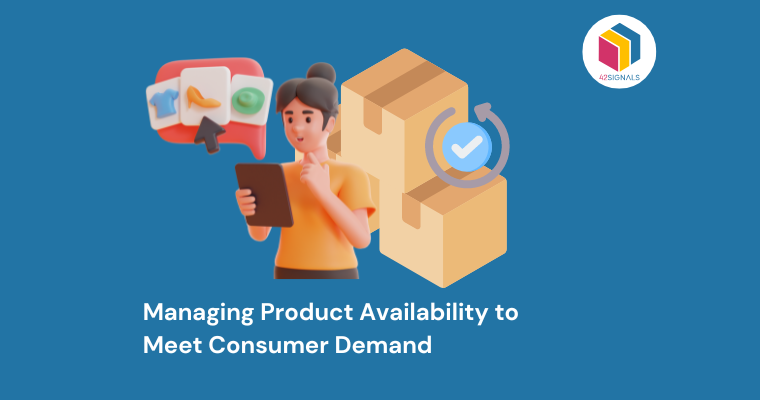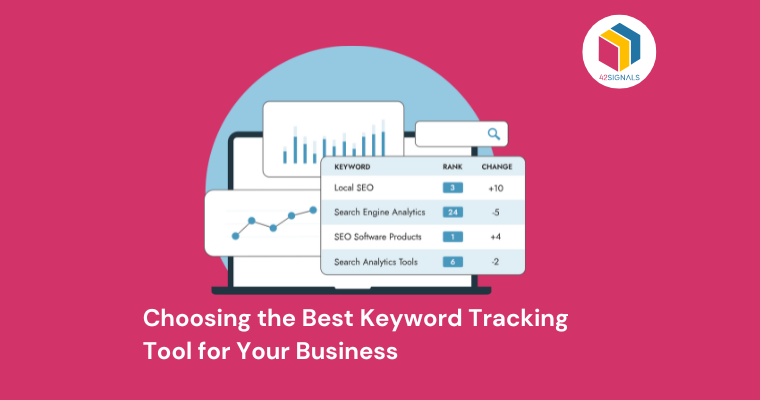The information available on retail websites can reveal insights into important parameters like store and product performance, inventory management, and to an extent consumer sentiment. Brands access retail analytics tools to uncover category-level patterns and get a glimpse into future trends. Tools like 42Signals can help brands and retailers tailor experiences, and achieve the desired outcome like improving conversion rate and brand loyalty. These insights are further broken down into data points for customizing marketing campaigns and connecting with your consumers. Brands target new customers with educational content, offer discounts to converted customers, and so much more. Retail analytics tools help to push the right buttons at the right time to connect with the right audience, improving sales and conversions.
Today, consumers are looking at experiencing a seamless transition between offline and online shopping. No doubt that there’s fierce competition in the retail space. One way to overcome this challenge is by using an e-commerce analytics tool to stay on top of the game. As you read further, you will have a basic understanding of retail data analysis and how your brand can benefit from it.
What is retail data analysis?
Retail data points available on public e-commerce websites are accessed by brands to unleash consumer trends and product purchase patterns. Brands use this data to optimize prices, reduce price parity, improve branding, and track inventory across online and in-store channels. Here’s how brands can increase revenue by asking the right questions like what happened, why it happened, what might happen in the future, and what can be done about it.
Price Management
Brands must strike a balance by keeping a check on the price parity of products and staying competitive. To drive e-commerce insights, retail analytics tools make use of information available on the internet. You can find multiple data points like consumer demand for your products, seasonal products, competitor tracking, consumer purchase behavior, and more. Factor in current market indicators, industry predictions, and historical data on products to accurately come up with the right prices.
Find anomalies to resolve challenges
Using descriptive and diagnostic analytics, you can identify what is the issue and why is it occurring. Explore the next steps as the tool can automatically identify issues that help businesses to predict future trends and digital allocation of products. Retail analytics tools also give insights into the digital shelf placement of the products, so that customers can spend more time on the website and assort the best-selling products where there’s the highest visibility.
Here’s how you can increase retail revenue
One of the main challenges that businesses encounter is tapping into buyers’ persona and target audience that help to improve conversions. Find out details like which month receives the highest footfall and keep your inventory in check for any upcoming marketing activity. Here’s how you can boost your retail sales.
Tap into the buyer persona
Today we can safely say that many companies, almost about 76% look at taking a data-centric approach to meet their business goals, according to the survey conducted by Alteryx and Retailwire. However, only about 15% of companies are sure about their data harvesting techniques. Retail tools help to make brands aware of the tastes, preferences, and social sentiments toward the products. You can tap into information like buying patterns, channels to interact, and consumer preferences.
Predict a shift in demand
The perfect combination fo==of big data and machine learning help to understand social conversations and shopping trends. This way brands can keep a check on the inventory and push the products that are most in demand. This enables effective and efficient management of the products.
Chegg partnered with Pantene, where they anticipated a rise in humidity levels that season and Pantene boosted anti-frizz products and saw a 10% improvement in revenue, which led to a 4% rise in the rest of the haircare products.
Manage prices to boost purchases
By using a retail analytics tool like 42Signals you can evaluate price fluctuations in the market and get a glimpse into competitors for fixing on pricing and offering discounts. While every business has details about their price margins, e-commerce insights can help brands to dive deep into minuscule details that can get you an edge over the rest of the businesses operating in the same category.
Conclusion
We now know that we collect and have a central management system to get market predictions and improve the digital shelf of your products. Retail tools like 42Signals can also help to analyze consumer trends and their purchase journey. Derive actionable insights and personalize the marketing experience at every touch point. Implement a data-centric approach and improve retail sales with ease. Contact us at sales@42signals.com to get in touch with our product experts today.





